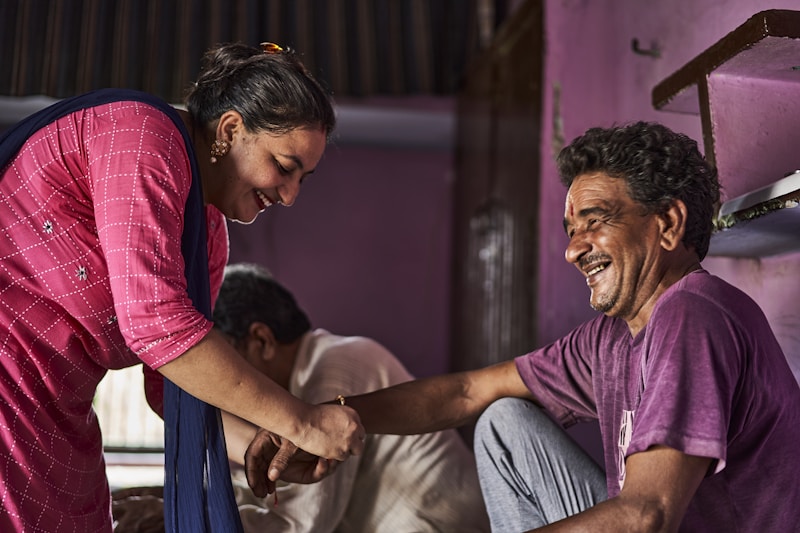Cultural Perspectives on Wedding Dress Styles: A Global Journey Through Tradition and Modernity
The Cultural Significance of Wedding Dress Styles
Wedding ceremonies are not just an occasion for love and commitment; they are deeply steeped in tradition and culture that vary across the globe. One of the most visually striking aspects of any wedding is the bridal attire, which often reflects the cultural heritage and personal identity of the bride. This article delves into the cultural perspectives on Wedding Dress Styles and explores how different traditions shape this essential element of marriage ceremonies.
The Evolution of Wedding dresses
Over the years, Wedding Dress Styles have undergone significant transformations, influenced by factors such as social norms, economic conditions, and most importantly, cultural beliefs. From the extravagant gowns of Western brides to the colorful saris of Indian weddings, each style tells a unique story.
The Traditional Western Wedding Dress
In many Western cultures, the traditional wedding dress is predominantly white, symbolizing purity and innocence. This trend can be traced back to Queen Victoria of England, who wore a white dress for her wedding to Prince Albert in 1840. Since then, white dresses have become synonymous with Western weddings.
| Key Elements of Traditional Western Wedding dresses | Meaning |
| White Color | Purity and Innocence |
| Long Trains | Regality and Elegance |
| Veils | Modesty and Protection |
| Lace and Embroidery | Beauty and Femininity |
Wedding Dress Styles in Asia
Turning to Asia, we find a myriad of Wedding Dress Styles, each reflective of the region's rich heritage. In India, brides typically don colorful saris or lehengas adorned with intricate designs and embellishments. Each color holds a special significance; for example, red symbolizes love and prosperity, while green represents new beginnings.

In contrast, Chinese brides traditionally wear a red qipao, a dress known for its elegant silhouette and vibrant color. Red is considered auspicious, signifying good fortune and happiness in Chinese culture. Recently, some brides have also adopted white dresses, blending traditional and modern styles.
The Influence of Cultural Symbols
Cultural symbols play a significant role in shaping Wedding Dress Styles. In many cultures, certain motifs or patterns are believed to bring blessings or ward off evil spirits. For instance, in Japanese weddings, brides often wear a shiromuku, a pure white kimono that symbolizes honesty and purity. The bride may later change into a colorful uchikake, which is often embellished with elaborate patterns representing happiness and prosperity.
Modern Interpretations of Traditional Styles
With globalization and the influence of social media, many brides are opting for hybrid styles that incorporate elements from multiple cultures. This trend allows the bride to express her individuality while honoring her heritage. For instance, a bride may choose a traditional white gown but accessorize with cultural jewelry from her ancestry.
Regional Variations in Wedding Dress Styles
Across various regions, we can identify notable differences in Wedding Dress Styles:
- Middle East: In many Middle Eastern cultures, brides often wear elaborately designed dresses that are both luxurious and colorful. Many also incorporate traditional embroidery reflecting their heritage.
- Africa: African wedding attire varies widely, with traditional styles embracing vibrant colors and patterned fabrics such as kente cloth. In some cultures, brides wear a head wrap known as a gele, which adds to the outfit's elegance.
- Latin America: Latin American brides often wear gowns that blend modern trends with traditional influences, including intricate lace detailing and vibrant color palettes that reflect their culture.
The Role of Fashion Designers
Fashion designers play a pivotal role in shaping contemporary Wedding Dress Styles. Many renowned designers draw inspiration from different cultures, creating collections that reflect a blend of global influences. This cross-cultural design approach enriches the wedding dress market, providing brides with diverse options that resonate with their personal styles and cultural backgrounds.
Important Considerations When Choosing a Wedding Dress
When selecting a wedding dress, cultural perspectives should be carefully considered. Here are some factors to keep in mind:
- Personal Connection: Choose a dress that resonates with your cultural background and personal identity. Consider incorporating traditional elements to honor your heritage.
- Comfort and Practicality: Ensure that the dress is comfortable, as wedding ceremonies often involve prolonged hours of wear. Practicality is just as essential as aesthetics.
- Budget: Wedding dresses can be a significant expense. Establish a budget beforehand to narrow down your options and avoid overspending.
Conclusion: Embracing Diversity in Wedding Dress Styles
In conclusion, Wedding Dress Styles encompass a rich tapestry of cultural perspectives that highlight the diversity of human experiences. Whether adorned in luxurious fabrics or traditional attire, each wedding dress serves not only as a symbol of love but also as an embodiment of cultural identity. As the global landscape continues to evolve, brides are encouraged to embrace their roots while exploring modern interpretations of wedding attire.
Ultimately, the choice of a wedding dress should reflect both personal significance and cultural respect, allowing for a joyous celebration that resonates with the couple's journey. As you navigate these choices, remember the timeless adage: your wedding day is about you, your love, and the stories you wish to tell through your attire.
As you dive into this world of cultural Wedding Dress Styles, consider your unique background and the elements you wish to incorporate into your special day. Each stitch, color, and embellishment carries meaning—make your wedding dress a reflection of that.